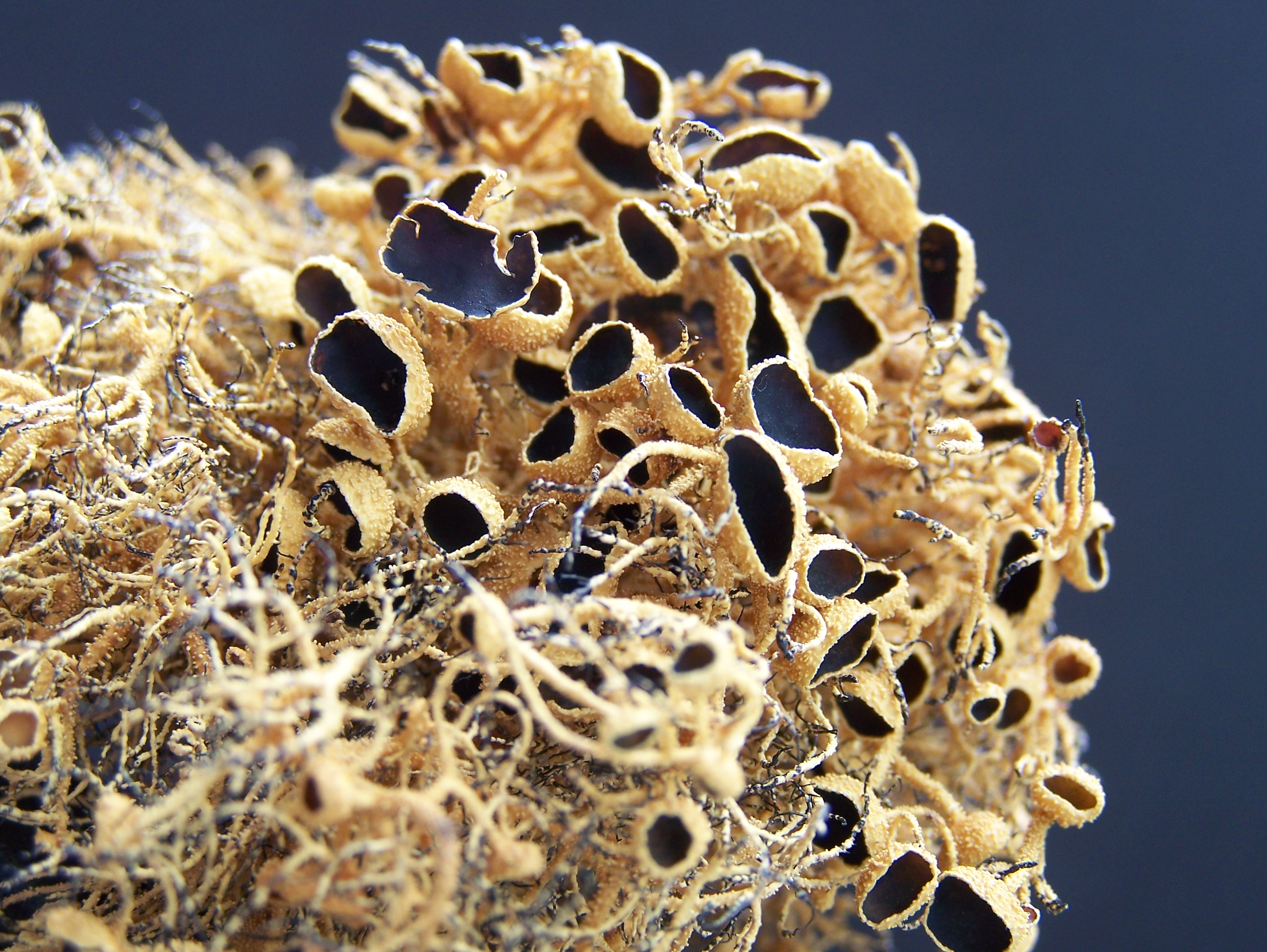Difference between revisions of "Template:POTD protected"
Westarctica (talk | contribs) |
Westarctica (talk | contribs) |
||
| Line 1: | Line 1: | ||
{| role="presentation" style="margin:0 3px 3px; width:100%; text-align:left; background-color:transparent; border-collapse: collapse; " | {| role="presentation" style="margin:0 3px 3px; width:100%; text-align:left; background-color:transparent; border-collapse: collapse; " | ||
|style="padding:0 0.9em 0 0;" | [[File: | |style="padding:0 0.9em 0 0;" | [[File:Lichen-Usnea antarctica.jpg|300px]] | ||
|style="padding:0 6px 0 0"| | |style="padding:0 6px 0 0"| | ||
'''[[ | '''''[[Usnea antarctica]]''''' is a shrub [[lichen]] found throughout the continent of [[Antarctica]] as well as on Subantarctic islands. This species of lichen is the [[National Symbols of Westarctica|national plant]] of [[Westarctica]]. It predominantly grows on exposed rock and can even be found growing on different sides of individual pebbles. ''U. antarctica'' has an extremely slow growth period and are among some of the longest-lived species on planet earth. An age of 200 years is typical for most specimens, however, the record age for ''U. antarctica'' is an estimated 4,500 years. In the Antarctic, its tendrils grow to a width of a few millimeters, while in the Subantarctic, they can grow to be over a foot in length. Specimens are plentiful at the abandoned [[Russkaya Station]] on the [[Ruppert Coast]] and have been studied as part of a research effort surrounding the soils of [[Marie Byrd Land]]. | ||
<p><small>Photographer: | |||
<p><small>Photographer: T.Voekler</small></p> | |||
[[:Category:Images|'''(More Featured Images)''']] | [[:Category:Images|'''(More Featured Images)''']] | ||
<div class="potd-recent" style="text-align:right;"> | <div class="potd-recent" style="text-align:right;"> | ||
Revision as of 04:01, 3 July 2018

|
Usnea antarctica is a shrub lichen found throughout the continent of Antarctica as well as on Subantarctic islands. This species of lichen is the national plant of Westarctica. It predominantly grows on exposed rock and can even be found growing on different sides of individual pebbles. U. antarctica has an extremely slow growth period and are among some of the longest-lived species on planet earth. An age of 200 years is typical for most specimens, however, the record age for U. antarctica is an estimated 4,500 years. In the Antarctic, its tendrils grow to a width of a few millimeters, while in the Subantarctic, they can grow to be over a foot in length. Specimens are plentiful at the abandoned Russkaya Station on the Ruppert Coast and have been studied as part of a research effort surrounding the soils of Marie Byrd Land.
Photographer: T.Voekler |